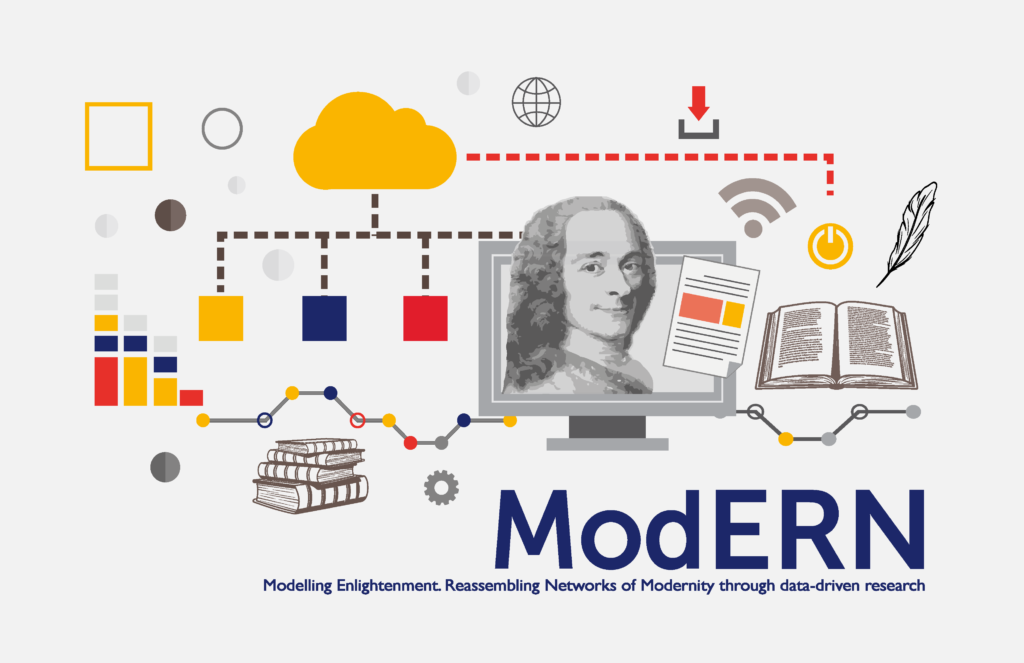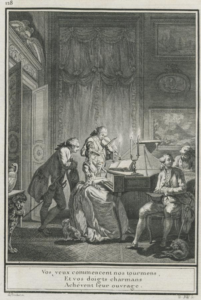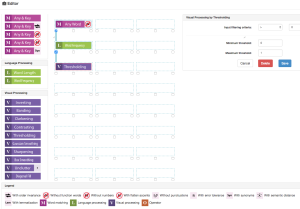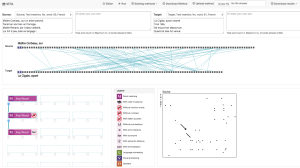I am thrilled to announce the ModERN project: Modelling Enlightenment – Reassembling Networks of Modernity through data-driven research. This five-year project, funded by the generous support of the European Research Council, seeks to write a new data-driven literary history of the French Enlightenment and its subsequent reception. See the project abstract below – more information to follow.

The Enlightenment has long been associated with the rise of modern Europe, and more generally with the concept of a typically European Modernity that took root in its wake. What it means to be ‘modern’ is indelibly bound up with our understanding of the Enlightenment’s core concepts: reason, religious toleration, civic virtue, political liberty, and scientific progress, to name but a few. For some, the Enlightenment is an essentially philosophical matter; for others it was and remains deeply political. Whatever the case may be, one thing is certain: for better or worse, it is widely accepted that the Enlightenment ushered in a new, modern era in both politics and philosophy, beginning in the 1790s and continuing today. The role of 18th-century ideas in this modernising process, and by proxy, the books that came to embody them, has long been the subject of intense scholarly debate, primarily concerned with the social and intellectual causes of the French Revolution. As a result, the field of Enlightenment studies today continues to privilege a relatively small canon of writers— primarily those that participated in the more ‘radical’ strains of Enlightenment thought in France. This is only one version, or vision, of the Enlightenment, however, albeit one that tends to dominate contemporary discourse. This project aims to fundamentally re-evaluate this interpretation of the Enlightenment and its actors by expanding the knowledge base on which these previous claims have been made; not only in terms of the diversity of authors and texts included, but also in the development of new digital techniques for identifying and analysing 18th-century information networks and their subsequent reception. In so doing, ModERN will move Enlightenment studies in a decidedly new direction; one that is both more comprehensive and more systematic in terms of its relationship to the existing digital cultural record, and one that likely challenges subsequent narratives of European Modernity.






